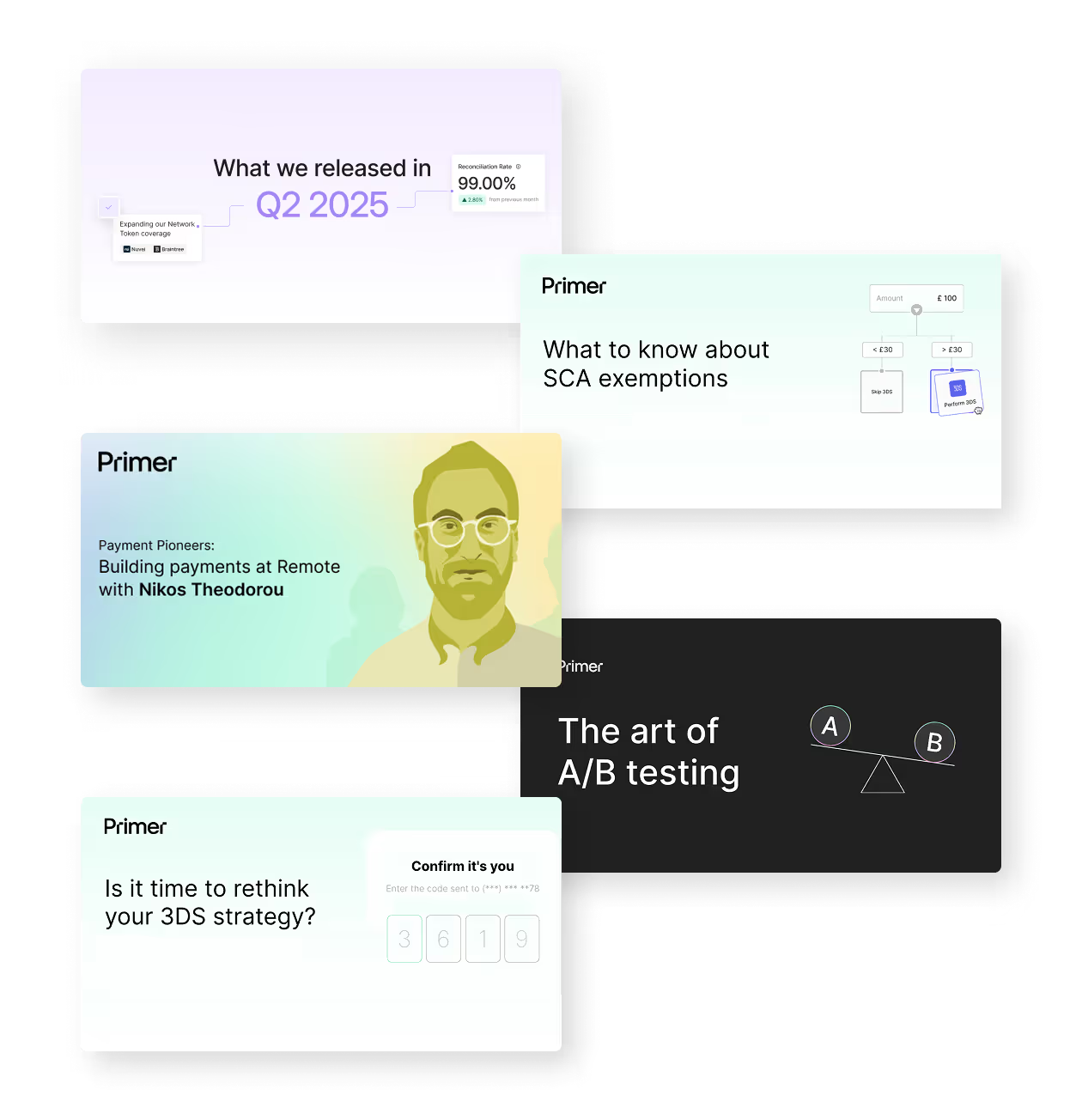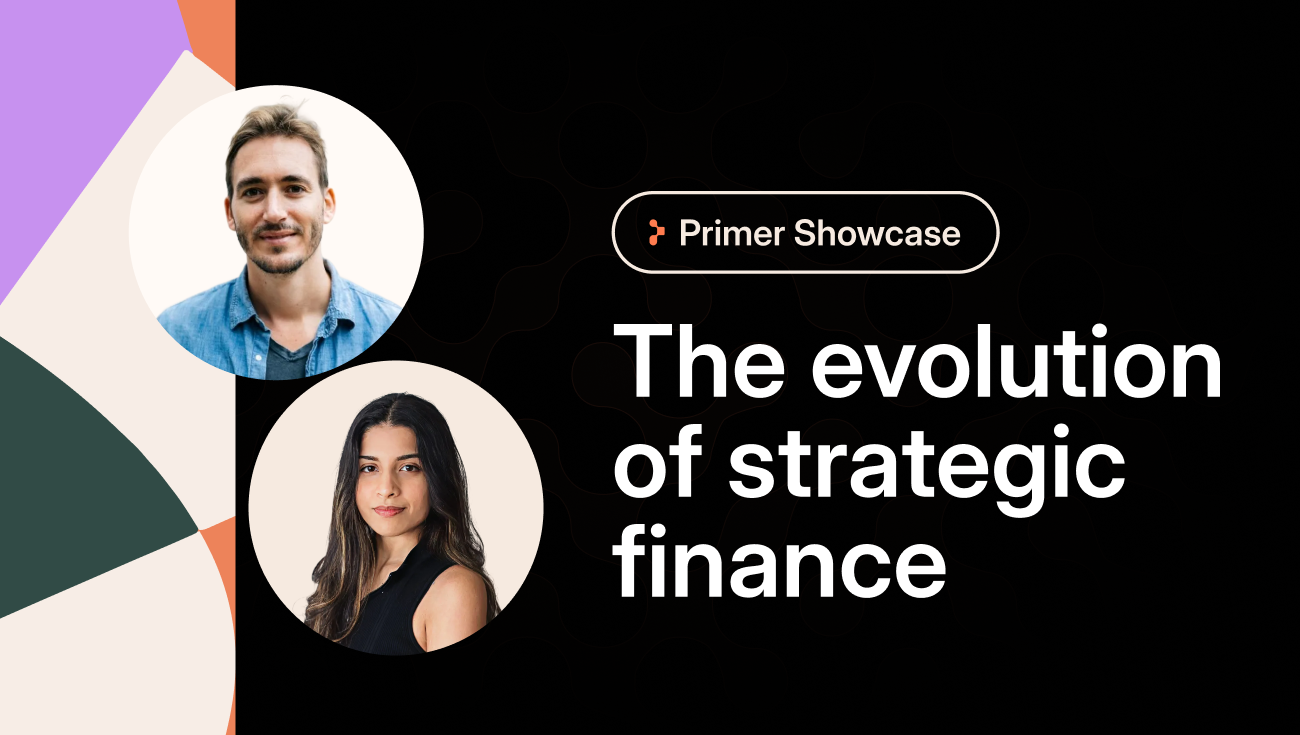At Primer, we’re always implementing new features, services and payment methods. We move fast, and make sure to respond to our merchants' requests quickly. When Rob Farmer, COO at Nash, got in touch and asked about adding popular Dutch payment method iDEAL—we delivered in less than one week.
Why adding payment methods is a pain for developers
Today, merchants fully understand that continuously expanding their payment stack is critical to the overall success of their online business. According to the Baymard Institute, 89% of ecommerce sites include at least one alternative to credit card payments at checkout. By offering a diverse selection of payment methods, shoppers get to choose their preferred way to pay. In turn, your business captures a wider, more diverse customer base in different markets worldwide.
With card-based payments, checkout experiences can be a simple, secure form. Alternative payment methods, however, work differently. They often include several layers of login that are required to complete a payment successfully.
One of the most disruptive payment patterns is when a customer is redirected out of checkout to complete their payment, like with PayPal or iDEAL. These payment services present their own user interface, so there’s more to integrate and track than a simple form submission-type payment that doesn’t involve redirects.
This also increases the risk of losing customers mid-checkout. Today, 69.82% of online shoppers abandon their carts. 18% of these dropoffs are caused by long and complicated checkout processes. For every 100 potential sales, that’s 70 opportunities lost.
.avif)
Worse still, each payment method differs in their approach, which is reflected in unique user flows and integration patterns, among other things. Developers are presented with quite the challenge, as they’re forced to somehow fuse all these payment methods together when trying to create one cohesive customer journey.
Some payment processors, like Stripe and Adyen, have built their own abstractions to make integrations a bit easier. Still, processors have to build deep integrations and consider additional complexities (like having to actually settle and move money being paid), slowing down the pace at which they integrate new payment methods.
So, their available payment methods tend to be very limited (rarely more than a few dozen), and the ability to respond to new requests can take months, or even years. In the ever-changing payments space, that’s too long.
Primer’s abstraction for adding payment methods, with no checkout redirects
Our native solution takes a low-code approach. Primer Connect is our open, agnostic framework for building third-party integrations, or what we call Connections. These include payment methods, as well as other services like fraud tools, payment processors and Slack.
With Universal Checkout, you can enable new payment methods in just a few clicks. All available payment methods on Primer are packaged into one cohesive integration that acts as if it were a single provider, regardless of their individual patterns.
So you, as a developer, only need to integrate payments once. Any new payment methods added on Primer after you’ve integrated will automatically appear in your payment stack.
Primer also makes it much easier to create the ideal checkout experience for any type of payment method. Rather than losing shoppers to a third-party redirect, your customers are kept on Primer’s unified checkout flow, no matter which payment method they selected. They’ll see the form fields and popups the payment method needs to successfully complete a checkout.
Keeping the customer in-context when they exit the popup and showing a variety of alternative payment methods dramatically streamlines the checkout process, which can lead to as high as a 36% increase in conversion rate.
With the complexity of integrating any new payment method radically simplified with Universal Checkout—you only integrate payments once—and the latest payment innovations on the market being built via Primer Connect, merchants on Primer (like Nash) can see a new payment method go live in a fraction of the time it usually takes.
We mean this in the most literal sense. Check out the newest Connections on Primer—these new payment methods were recently rolled out within a month. Some of these are even available via different processors, so you get to pick where you want your payments to be captured. Either way, it takes only a couple of clicks to configure.




(1).png)
.png)